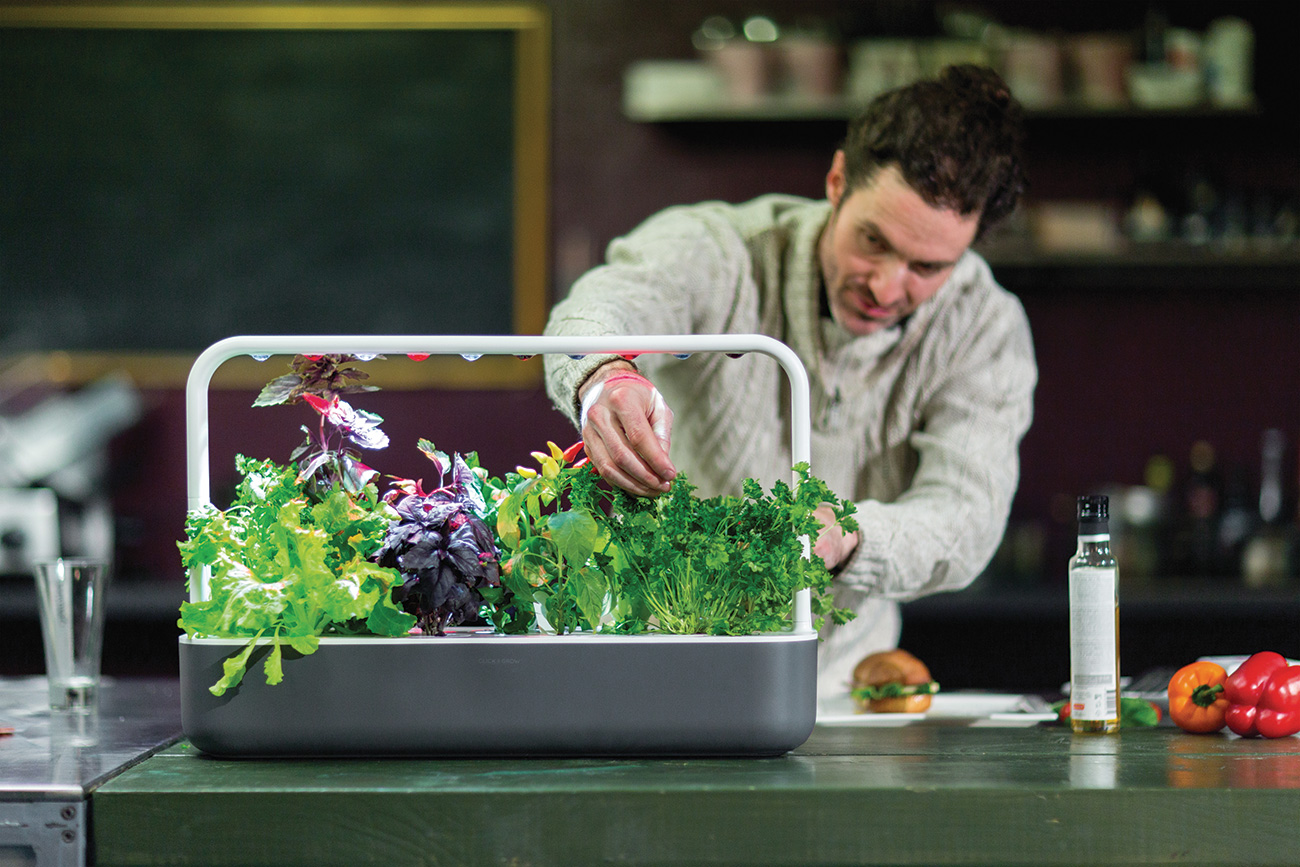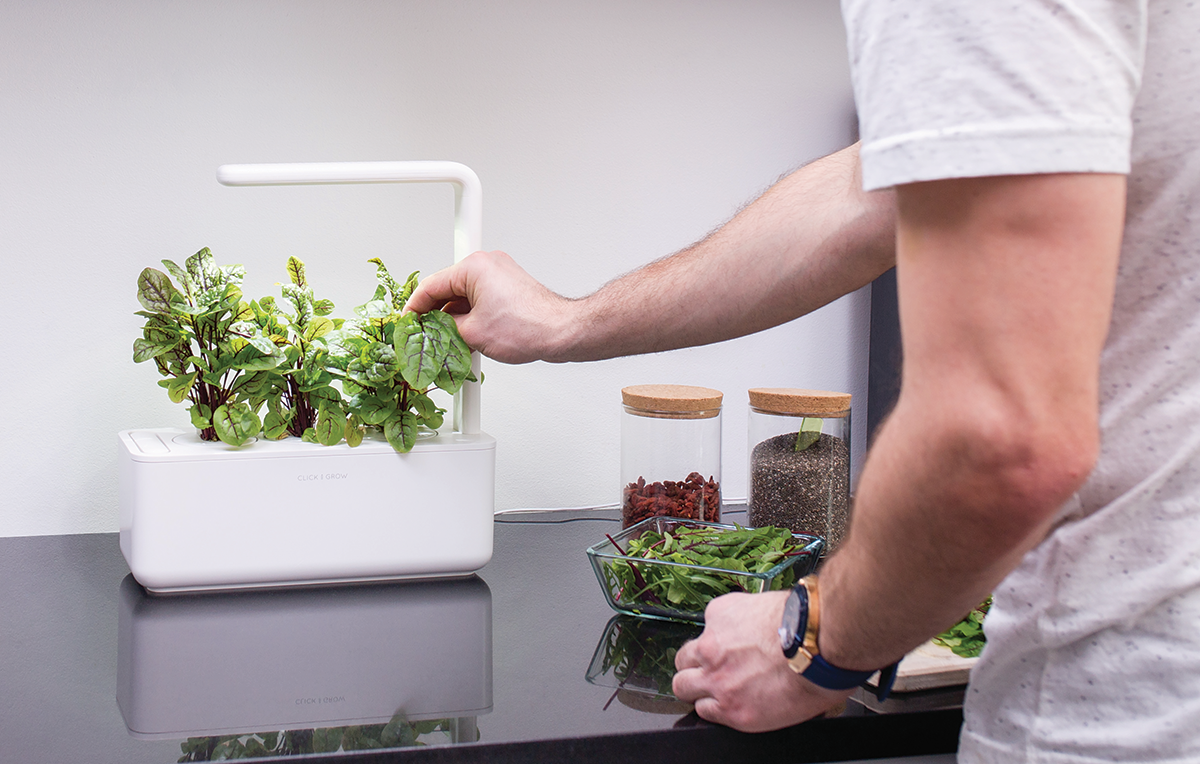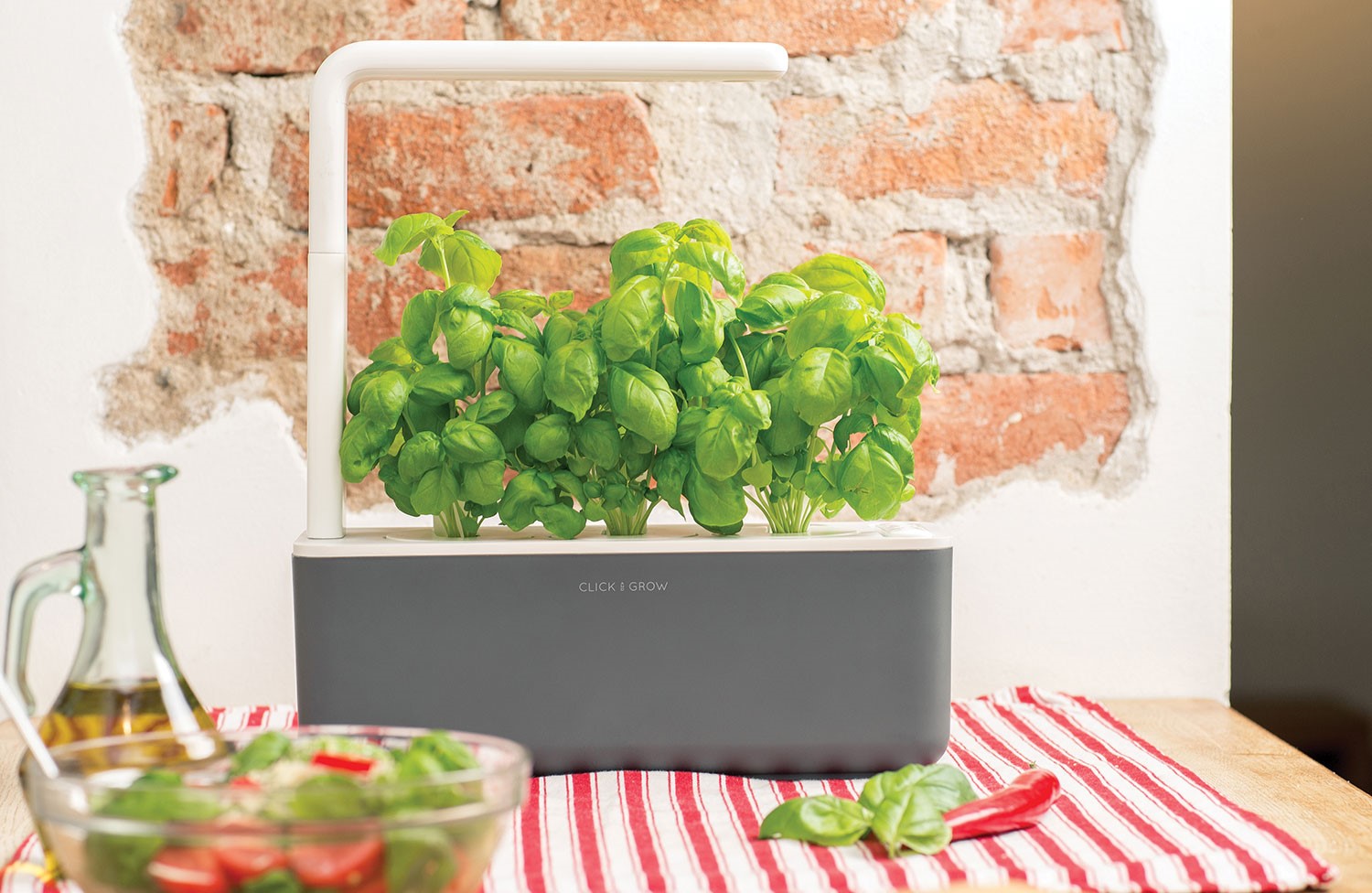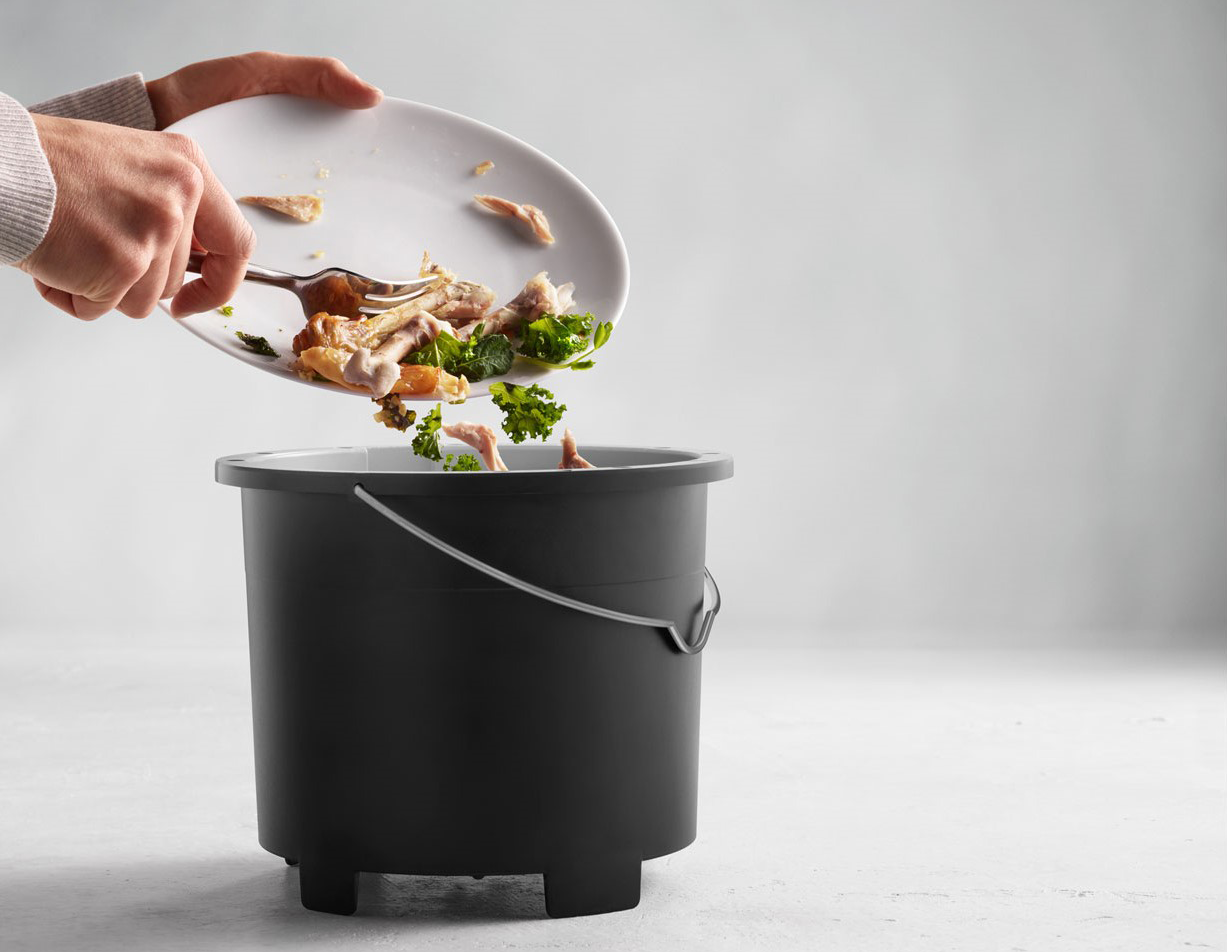
Over the centuries, humans have mastered the art of gardening and composting. Even in today’s digitally connected world, people still enjoy growing their own food, and composting organic waste. Thanks to new smart garden products, anyone can grow food indoors with little to no effort. And, with the help of electric kitchen composters, organic waste from the kitchen can go straight into the outdoor garden. There’s never been a better time to grow your own food and turn organic waste into fertilizer. In this article, discover how smart gardens work, explore what vegetables and herbs you can grow indoors, learn how to easily compost organic waste, and understand the environmental value of these practices.
What is smart gardening
Smart gardening involves using technology to make gardening easier and more efficient. For example, many gardeners struggle to know when to water plants, which can lead to over-watering or under-watering. Some smart gardening systems address this issue by using sensors to detect when plants need water, automatically watering them through a convenient built-in reservoir. You then only need to remember to routinely fill the water reservoir. Some smart gardening systems also connect to your smartphone and provide push notification to remind you when it’s time to refill the water or attend to other gardening tasks. They eliminate the guesswork and help you cultivate your green thumb, so you can enjoy home-grown, healthy vegetables.

How smart gardening works
There are many indoor smart gardening kits to choose from. While they may differ in size and design, their core components are generally the same. First is a light source; virtually all smart gardening kits use some form of LED lighting to support plant growth. Second is a water reservoir, which you periodically refill to supply the automated watering system. Lastly, there is the growing area, where seeds germinate and grow. Most systems require proprietary seed capsules that contain the seed, nutrients, and growing medium.
Once the capsules are placed into the smart gardening kit, the rest of the growing process is automated. This includes the light on/off cycle and watering schedule. Kits that are connected to smartphones keep you aware of the entire growing cycle. After the plants are grown, you can purchase refill capsules to grow all year round.
What can you grow in a smart garden?
You can grow a variety of herbs and vegetables in an indoor smart garden. For vegetables, you can grow lettuce, kale, and arugula. Herbs include basil, parsley and peppermint. One of the main benefits of indoor smart gardens is that you can grow these plants all year round. Just like the farm-to-table concept, you can always have fresh vegetables and herbs available when you cook.

From seed to harvest
The gardening cycle starts with seeds and ends in the harvest. With smart gardening, all the growth happens inside pre-seeded pods. Once placed into the unit, they receive water to kickstart germination—a process that varies in time among different plants, so be patient. Some seed pods come with small domes to speed up germination. Once sprouted, the seeds require plenty of light to grow.
Smart gardening kits simplify the process by maintaining a stable, consistent growing environment. As the plants grow leaves and stems, depending on the plant, you may be able to harvest at this time. Eventually, most plants will progress to a budding stage. This is the beginning of the reproductive stage, where plants start to form flowers or buds. Most plants will be harvested by this point. With a smart garden, you can replace the pods with new seed pods to start the growth cycle all over again.
Growing tips and trick
Sometimes, seeds may not germinate. If this happens, first check the room temperature and the temperature provided by the smart garden. Most seeds require a soil temperature between 18 and 29 degrees Celsius. Since germination rates vary between seeds, some pods may contain multiple seeds to ensure germination. Some pods also come with a removable dome to help increase germination rate.
In most cases germination can take 7-14 days and become harvest-ready in 4-6 weeks. To get the best yields, ensure your smart garden is operating in ideal conditions. The expected yield depends on the type of plant. Many people prefer to grow plants that can be harvested over and over again like lettuce and herbs.

How to compost indoors
Smart gardening can help you grow plants indoors, but there are also small appliances that can speed up the composting process at home. Composting transforms organic waste like kitchen scraps into a nutrient-rich soil amendment. A popular device many people use is an electric composter, which accelerates composting using electricity. These appliances first heat up the kitchen scraps, then grind the material, and finally cool it down. The final product looks very similar to soil, and you can use this compost to enrich the soil in outdoor gardens.
If you don’t have access to an outdoor garden or you’re not quite ready for an electric composter, you can still put your organic waste to good use through local organic waste collection programs. Most local programs will supply a composting bin that you can fill with organic waste (food scraps, fruit and vegetable peels, etc.), and bins are collected and emptied according to a regular schedule. Programs and collection schedules vary by province and municipality, so be sure to visit your local government website for details.
Why composting matters
There are many ways composting at home helps the environment. First of all, it reduces landfill waste. This is important because if organic waste goes to a landfill and decays, it produces methane—a dangerous greenhouse gas. Statistics Canada reported that Canadian households diverted 2.3 million tonnes of organic waste in 2018. That is almost double the amount diverted in 2002.
Second, composting improves soil health by adding essential nutrients back into the soil, reducing the need for chemical fertilizers. According to the University of Georgia, applying compost can minimize soil loss by 86%! Using an electric composter not only simplifies the composting process but is also a quick and easy way to improve the soil in your garden.
Getting started with smart gardening and composting
You don’t have to have a green thumb to grow your own vegetables and herbs with a smart garden. Most of the work is automated, taking out all of the guesswork. Literally add water, and watch your plants grow. From there, turn your kitchen scraps into compost with an electric composter. Together, not only are you growing your own food, you’re doing your part in creating a balanced ecosystem. Now is the time to get started with gardening and composting.






We have a small smart garden in our kitchen. It wont feed the family but there is something nice about eating our own lettuce (occasionally) in winter. Initially we grew herbs in it and we had more than we could use.
Comments are closed.